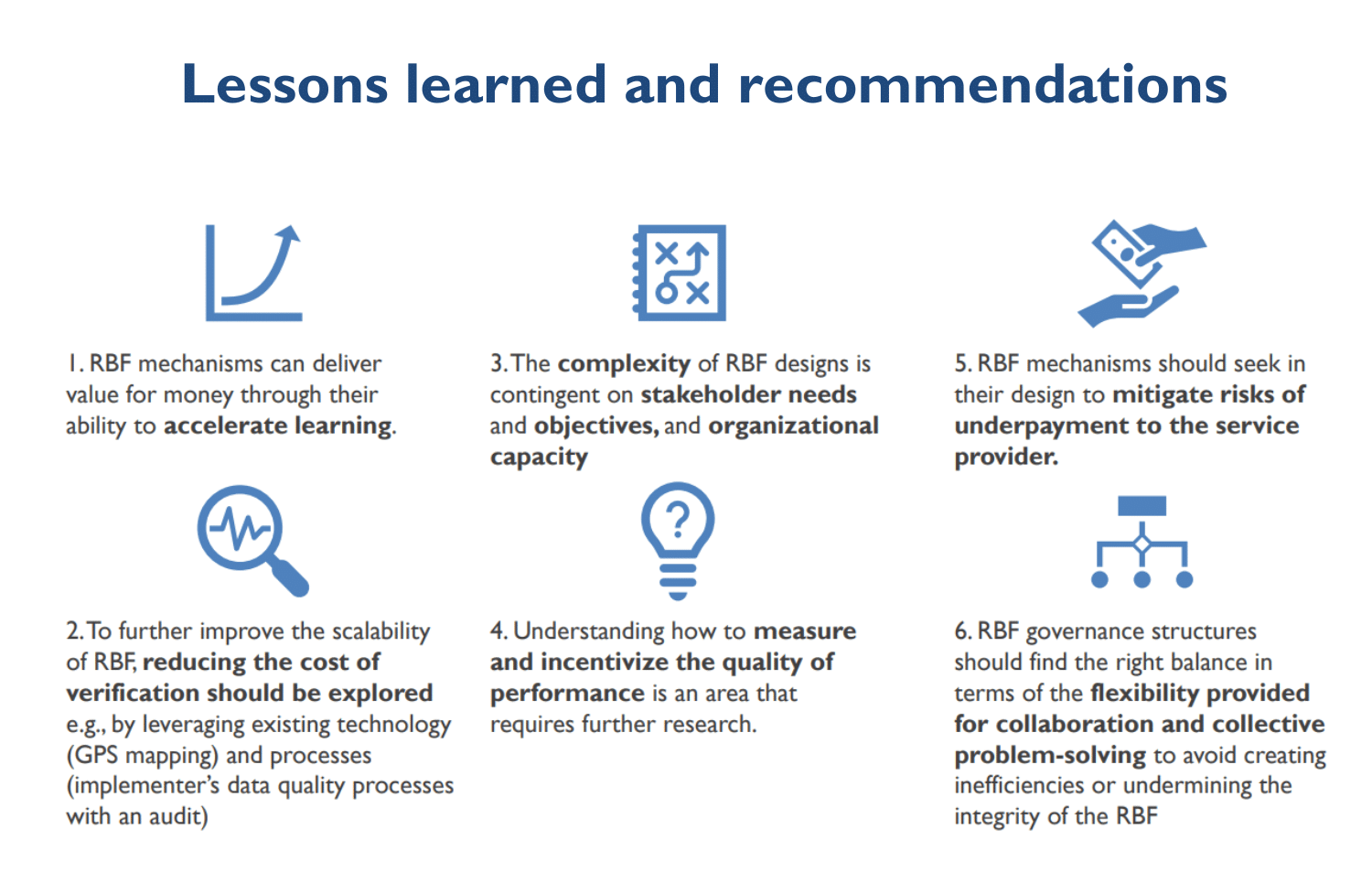Overview
Type of Project |
Specific projects outside of country focus |
Strategic Pillar |
Empowerment Hub |
Sectors |
Health |
Region |
Sub Saharan Africa |
Country |
Uganda |
Abstract
Despite global improvements in maternal and child health outcomes, maternal and child mortality remains a significant challenge for African countries. In 2020, the region accounted for more than 69% of maternal deaths, and an under-5 child mortality rate of 74 deaths per 1000 live births, about 14 times higher than the risk for children in Europe and North America. Yet, many of these mortalities can be prevented. To address this problem, Living Goods (LG) has been supporting 11,000 digitally empowered community health workers (CHWs) to deliver maternal and child health care, thus making it easy for families in need to get the care they need. In their goal to sustainably reach all communities in need, LG has been experimenting with innovative ways of financing community health programs that seek to crowd in additional funding for community health. As part of this effort, LG wanted to test the potential of Results-Based Financing (RBF) to drive improved cost-effectiveness and quality of community health services through scaling an RBF pilot that had been implementing for one year. The program was implemented between 2020-2023 and was followed by a Learning Agenda that documented key results and learnings from the scale-up program. The Learning Agenda, published in 2023, adds to the body of evidence on the strengths and limitations of RBF as an approach to improving the health outcomes of community-based programs, with a focus on women and children. The Learning Agenda draws particular attention to the complex interplay of contextual and technical factors that influence an RBF mechanism’s design, and the impact it can have. For example, the scale-up program illustrated the value-add of RBF mechanisms to accelerate learning through their ability to function as incubators that enable organizations to identify challenge areas, generate efficiencies, and create positive spillover effects.
Project
Partners
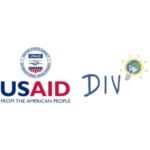
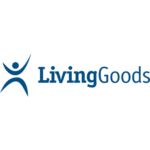

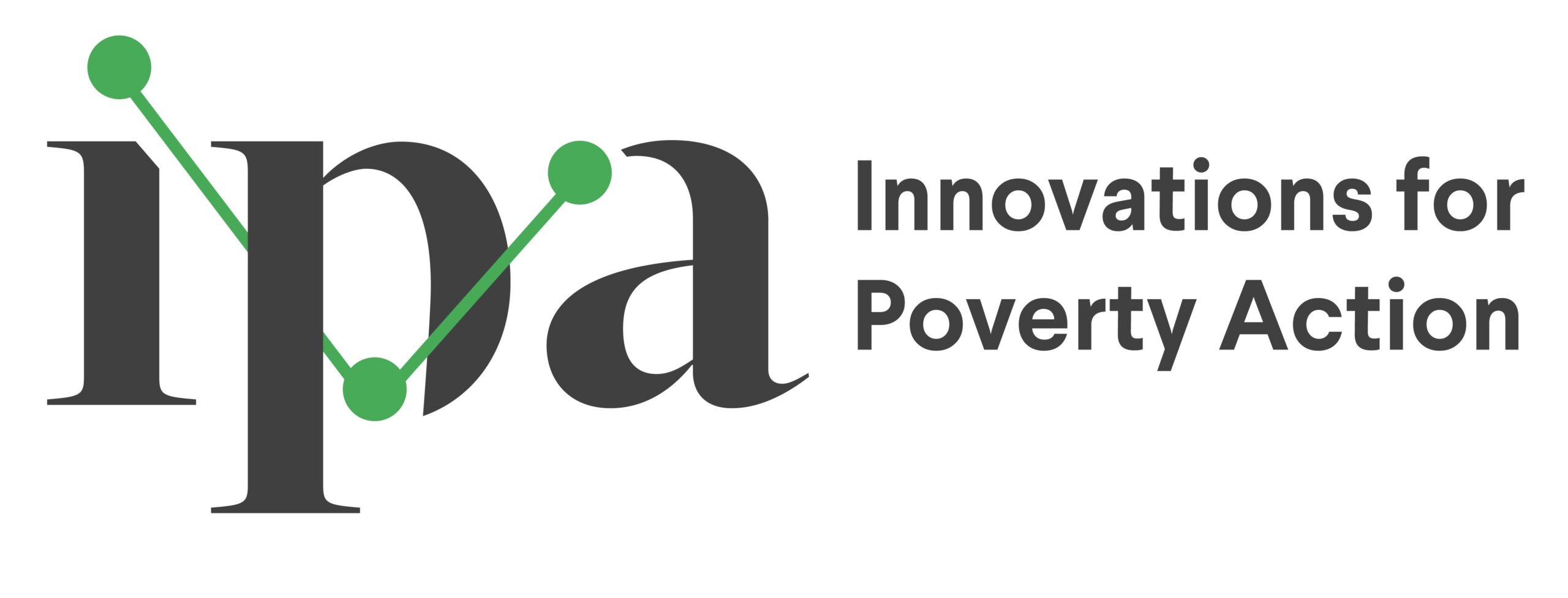
The issue
Despite global improvements in maternal and child health outcomes, maternal and child mortality remains a significant challenge for African countries. In 2020, the region accounted for more than 69% of maternal deaths and an under-5 child mortality rate of 74 deaths per 1000 live births, about 14 times higher than the risk for children in Europe and North America.Yet, many of these mortalities can be prevented. For example, more than 30 million women deliver their babies outside of a healthcare facility even with estimates showing that health facility delivery reduces the risk of neonatal mortality by 29% in low- and middle-income countries. In Uganda, one study found that 54% of newborn deaths in Eastern Uganda occurred outside health facilities.Similarly, with respect to under-5 child mortality, despite WHO estimates showing that immunization prevents 2-3 million deaths every year, in 2018, an estimated 19.4 million children under the age of one did not receive basic vaccines. In Uganda, a baseline survey conducted by Living Goods indicated that in five regions, approximately only 48% of children aged 24-59 months were fully immunized.
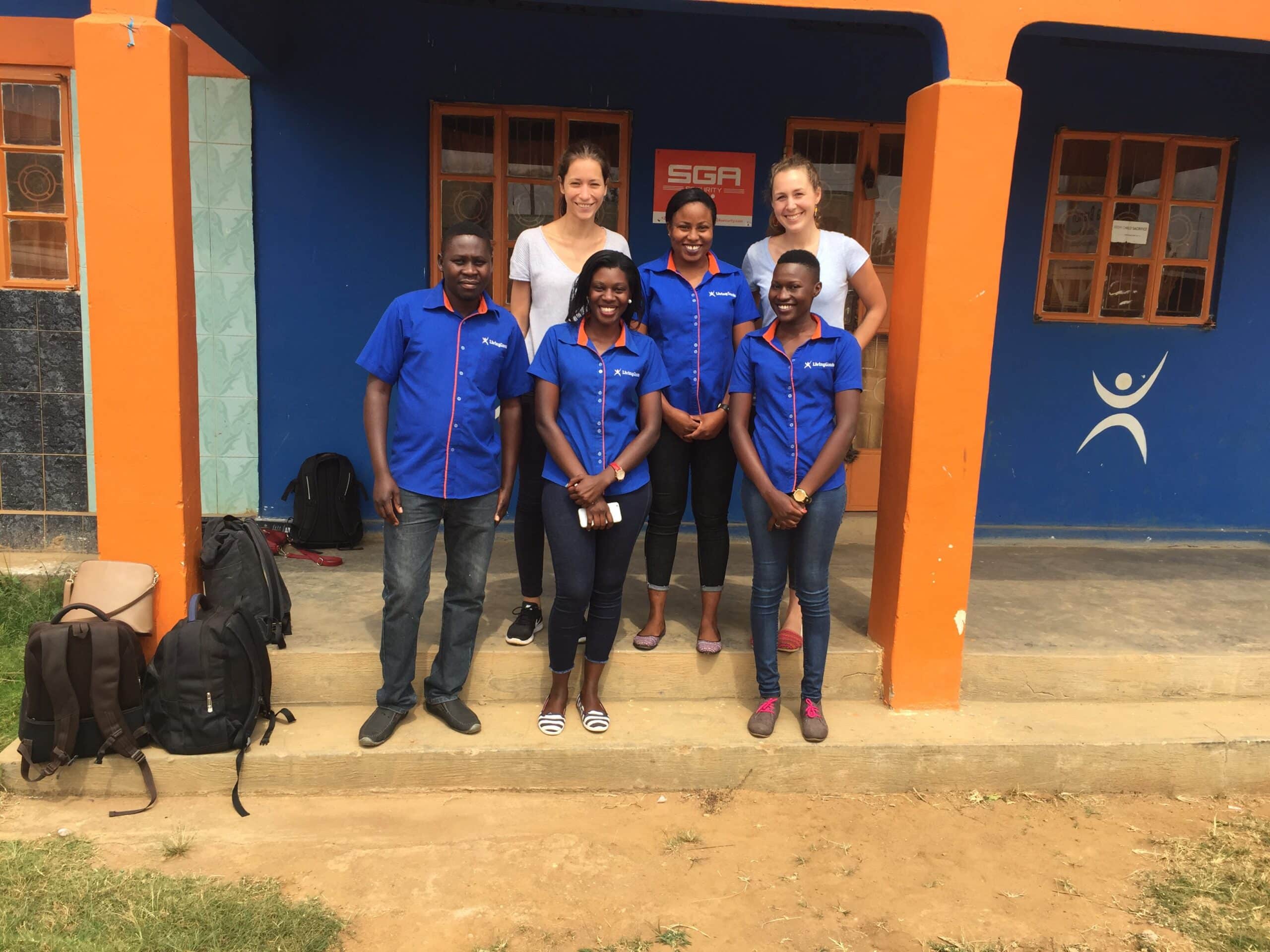
Living Goods and Instiglio Staff, Uganda, 2018
The response
To improve maternal and child health outcomes, since 2007, Living Goods has been supporting 11,000 digitally empowered community health workers (CHWs) to deliver care, thus making it easy for families in need to get the care they need. Further, in their goal to sustainably reach all communities in need, LG has been experimenting with innovative ways of financing community health programs that seek to crowd in additional funding for community health. As a result, LG decided to test the potential of Results-Based Financing (RBF) to drive improved cost-effectiveness and quality of community health services by implementing a scale-up RBF program. The scale-up program followed the successful implementation of a one-year pilot RBF program in 2018 and ran for a duration of 27 months (starting October 2020), targeting five districts. The scale-up program aimed to drive improved cost-effectiveness by placing greater emphasis on improvements in CHW productivity (i.e., results achieved per CHW) across 9 quantity payment metrics, as opposed to increasing the number of CHWs. Additionally, the program aimed to maintain or drive quality of community health service delivery by incentivizing three quality metrics – client knowledge, client satisfaction, and CHW competence – and establishing a set of quality safeguards to measure dimensions of service delivery quality that the quantity metrics did not measure.
Key stakeholders of the scale-up program included: USAID DIV and Deerfield Foundation as the outcome payers with USAID DIV as the anchor outcome payer; Global Development Incubator (GDI) who acted as the trustee; Innovations for Poverty (IPA) who was the Independent Verifier; and Instiglio who designed the RBF scale-up program and supported implementation as program manager as well as conducted the program’s evaluation.


The impact
The Learning Agenda, conducted to evaluate the extent to which the scale-up program drove impact on maternal and child health outcomes, contributed to the growing body of evidence about when and how to apply RBF at the community level. It achieved this by providing lessons and recommendations on the contextual and technical elements that need to be taken into consideration when using RBF in this setting to improve health outcomes for women and children. Despite an increasing pool of evidence around how RBF can improve health outcomes of women and children, especially when used with health facilities as the incentivized actor, there has been limited evidence on the effectiveness of RBF for interventions that deliver multiple health services at the community level. As such, gathering evidence and sharing lessons about the strengths and limitations of RBF as an approach for scaling impact cost-effectively was crucial.
One of the key lessons from the scale-up program was that RBF mechanisms can deliver value for money through their ability to accelerate learning. This is because RBF mechanisms can function as incubators that enable organizations to identify challenge areas, generate efficiencies, and create positive spillover effects that can improve an organization’s performance beyond a specific program. Additionally, the scale-up program advanced the discourse around how to improve the cost-effectiveness of RBF mechanisms at scale by improving the cost-effectiveness of the verification component as well as the trade-offs this entails. One of the main takeaways was that while stakeholders during the piloting, testing, and refining phases of an RBF mechanism may be willing to invest more in verification in order to maximize learnings and meet the needs of low-risk appetites, these costs can become prohibitive as an RBF scales. As a result, the learning agenda report provided some recommendations on alternative strategies that could reduce the cost of verification methodologies as a program matures to support the sustainability of RBF mechanisms at scale.

